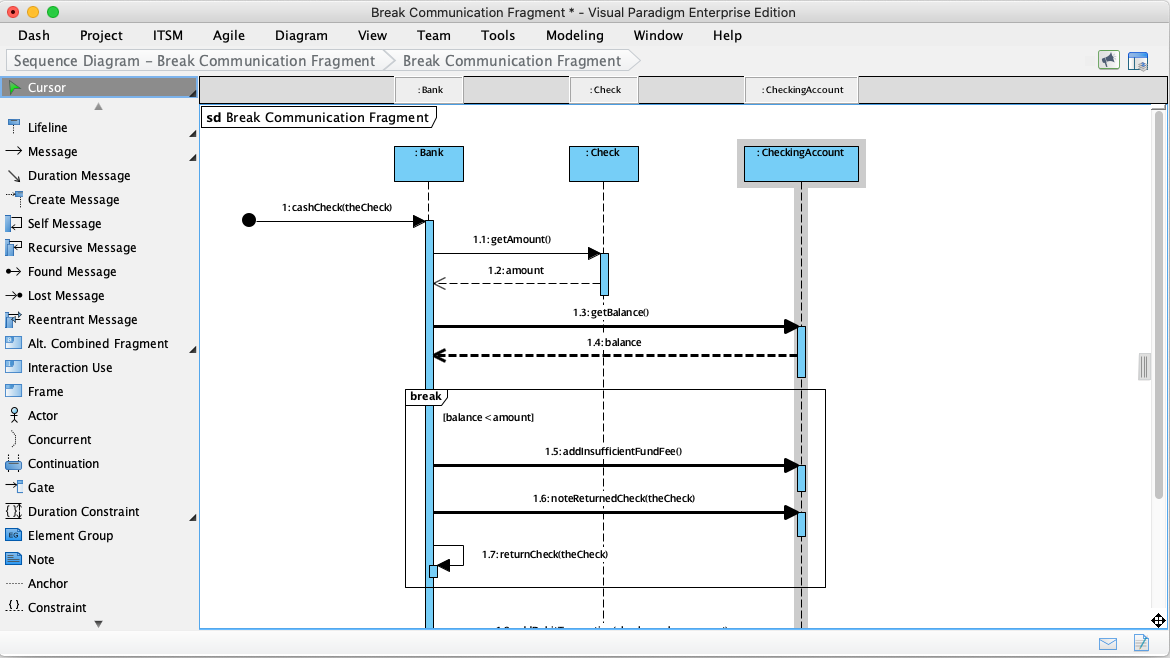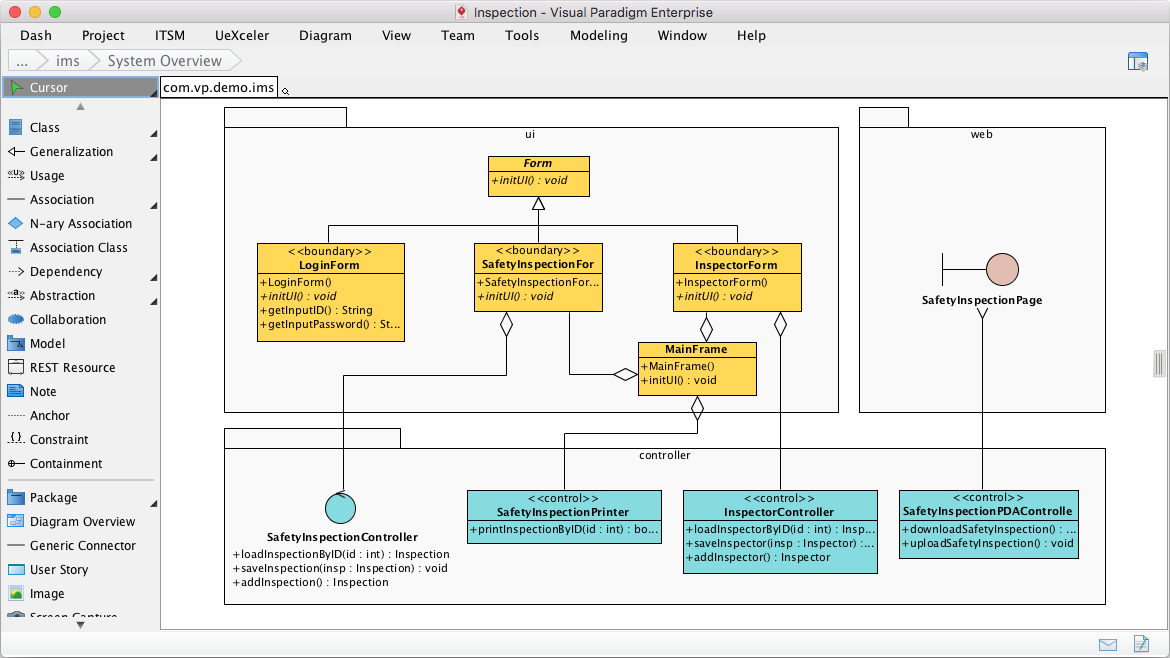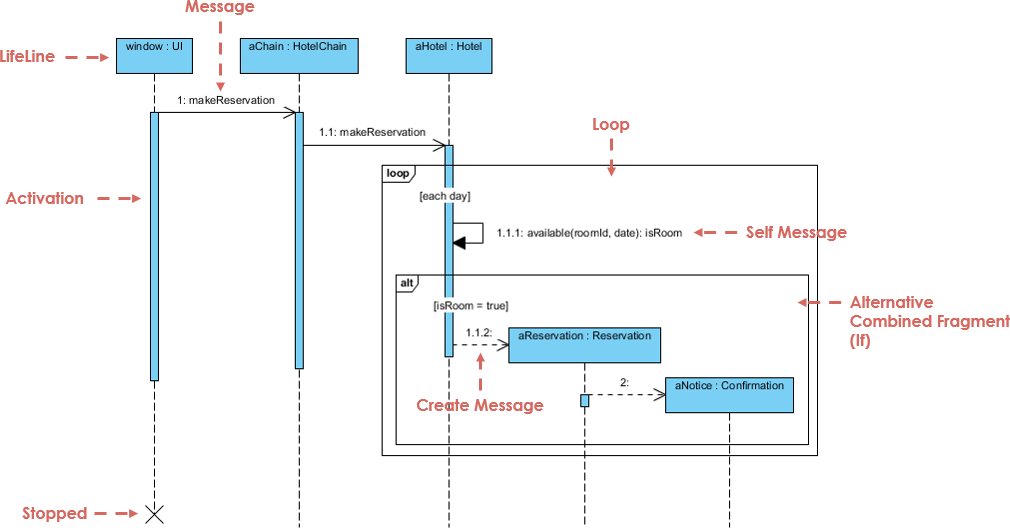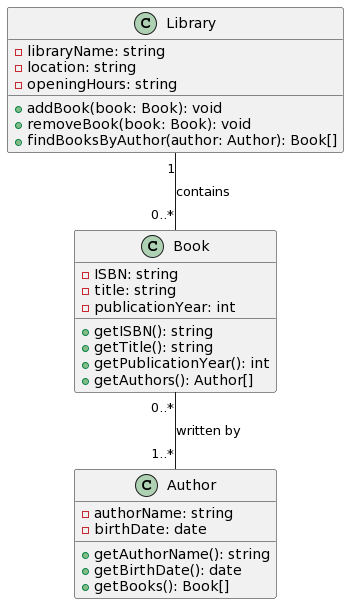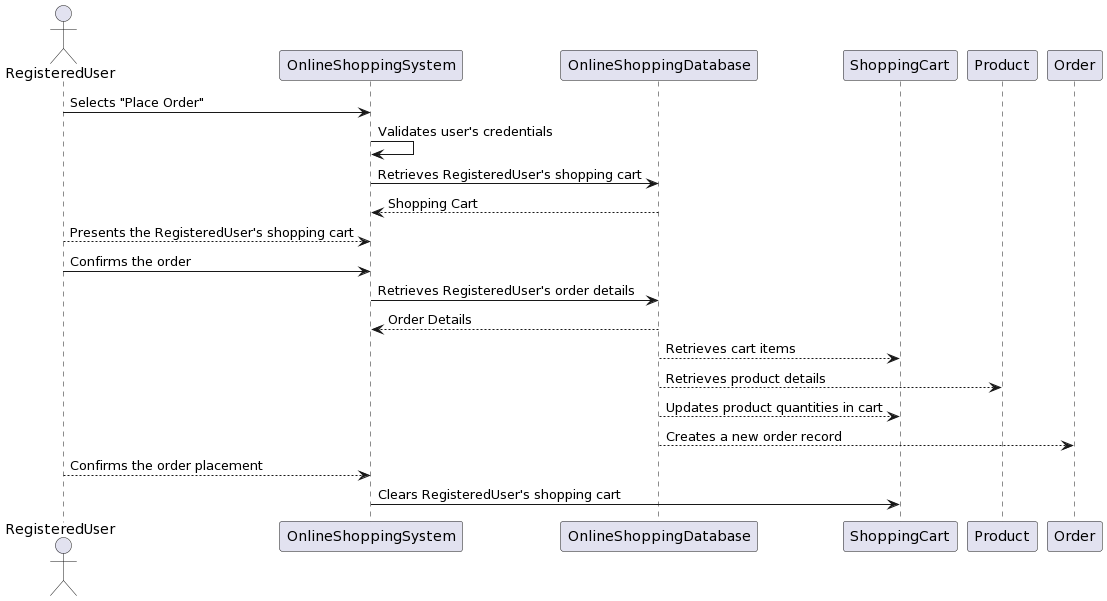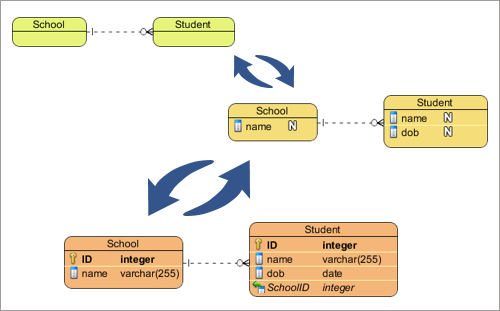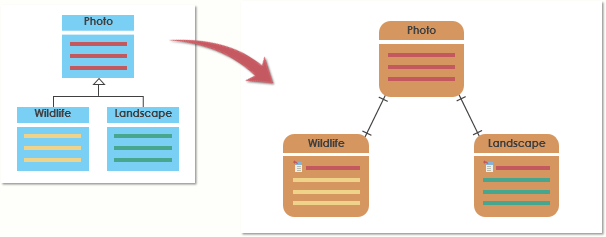Unlock Seamless Sequence Diagram Creation on Your Mac with Visual Paradigm
Are you on the hunt for a Sequence Diagram software that seamlessly caters to your Mac? Look no further than Visual Paradigm, the award-winning, cross-platform UML modeling tool that empowers you to effortlessly craft Sequence Diagrams on your Mac, as well as on Windows and Linux systems. Mac Users Rejoice! If you've been frustrated by the limited options for UML software on Mac, your search ends here. Visual Paradigm is designed with Mac users in mind, breaking free from the Windows-only trend that plagues the UML software landscape. Say goodbye to compatibility issues…continue reading →

